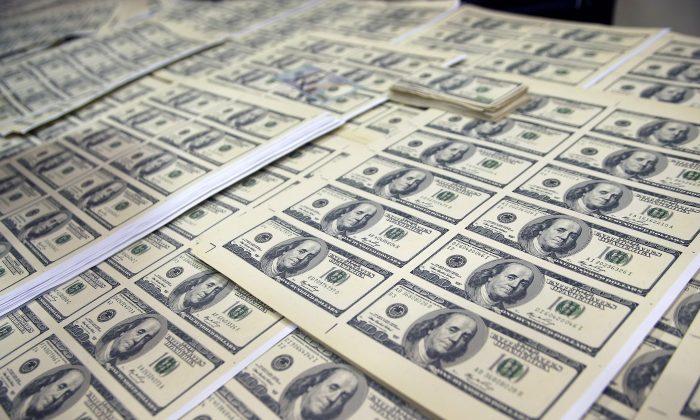Counterfeiters printing cash in a variety of denominations have been found and arrested across 11 different states over the past six months. reported Fox Business.
States with reported incidents have included New York, Iowa, Illinois and Michigan.
The latest reports over the last week of counterfeit cash came out of New York City and Cedar Falls in Iowa.
Counterfeiters used to specialize in big bills, trying to buy cheap items and collect a lot of real money in change. That trend has changed to small bills that no one bothers to check. These seem to be the new preference of counterfeiters.
Two men who were being investigated for using fake $1 dollar bills at a Walmart in Cedar City, Iowa, back in October were arrested Jan. 16 for that crime.
“But in general, counterfeit money seems to a steady crime that is always going on around the U.S. and abroad.”
While the incidence of counterfeit bills is low, small business owners need to be aware that counterfeiters are out there, and learn how to spot fakes.
Alex Reichmann shared some of his methods.
First, he recommends feeling the money. Is a bill thicker or thinner than usual? All money is printed on the same paper and should feel about the same. They should all be the same size and weight—about one gram per bill.
Second, Reichmann suggests comparing the suspect fake with a good bill. Examine if the bills feel any different as well as the security features.
If you are still uncertain, get to a good light source and examine the print quality. No matter how old the bill, the printing should be sharp and the ink should be the same color on all bills. The Treasury Department uses very high-quality printing plates and doesn’t release sub-standard bills into circulation. If the printing on a bill isn’t perfect, it might be counterfeit cash.
Next, says Reichmann, look closely at the portrait. The portrait should stand out from the background and be extremely sharp. If the portrait blends with the background, the bill might be a fake.
Finally, Reichmann advises checking the rim of the portrait. Printed all along the rim of the portrait in very fine letters are the words “THE UNITED STATES OF AMERICA,” over and over. The text is very small and very intricate, and can be hard for counterfeiters to reproduce to the same quality.
First and Foremost, Stay Safe
If you are not sure about the authenticity of a bill, the Treasury Department has a list of steps to follow.These may come in handy if you suspect you are dealing with a counterfeiter.
- Do not put yourself in danger.
- Do not return the bill to the passer. Delay the passer with some excuse, if possible.
- Observe the passer’s description—and their companions’ descriptions—and write down their vehicle license plate numbers if you can.
- Contact your local police department OR call your local U.S. Secret Service Office.
- Write your initials and date in the white border area of the suspected counterfeit note.
- DO NOT handle the counterfeit note. Place it inside a protective cover, a plastic bag, or envelope to protect it until you place it in the hands of an IDENTIFIED Secret Service Agent.
- Surrender the note or coin ONLY to a properly identified police officer or a Secret Service Special Agent, or mail it to your nearest U.S. Secret Service field office.






Friends Read Free